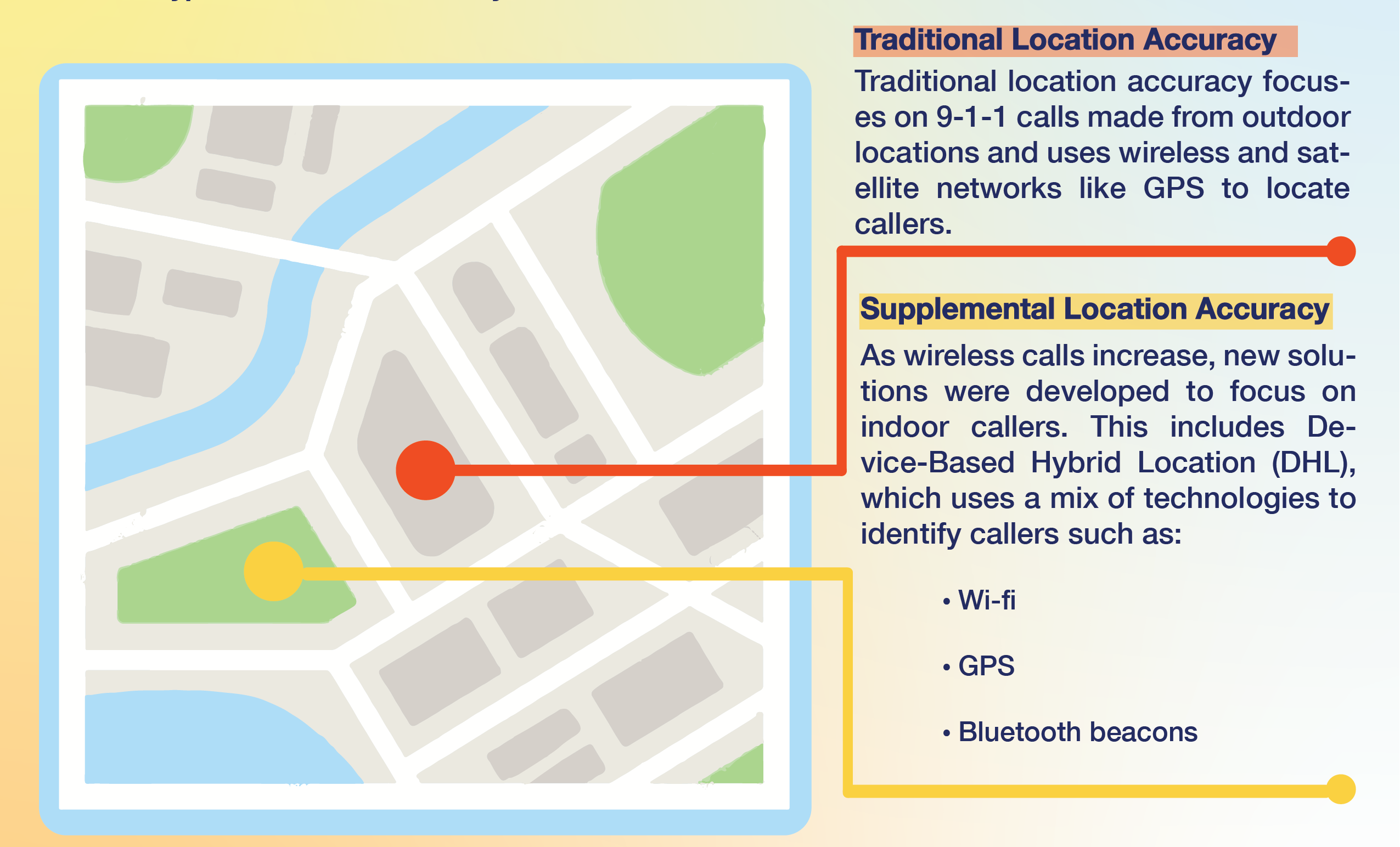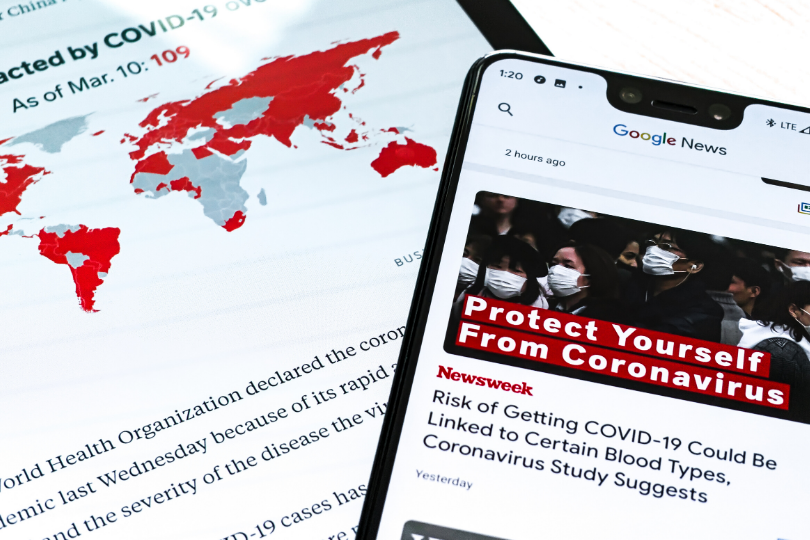Every 9-1-1 telecommunicator knows that communication is an important part of any crisis. The coronavirus pandemic has made that clearer than ever, especially when considering the number of rumors and false reports circulating the web. How does an agency ensure it is delivering concise, accurate, and timely information to its relevant audiences? It’s important to start with a plan.
To develop your crisis communications plan (CCP), ask yourself these five questions.
What could go wrong?
The goal for a crisis communications plan is to be proactive rather than reactive. Too many agencies and organizations end up responding to a crisis without any kind of preplanning. But by asking yourself what could go wrong, you can begin to build the foundation of your crisis communications plan around the potential emergencies you may face.
What crisis events could affect the goals and objectives of your organization? Potential events might include:
- A natural disaster such as a hurricane, tornado, earthquake, etc.
- A pandemic or epidemic
- A public relations scandal involving a prominent member of your staff
- A technology failure
- An internal crisis, such as confrontation between employees, dissatisfied staff members, boycotts, strikes, union discrepancies, etc.
- And so many more
Which of the above would impact the goals of your agency? Most likely all of them could, but some may be more likely to occur than others. Start your crisis communications plan by focusing on those crises. After a basic plan is developed, you may want to start including the unlikely scenarios into your plan over time. A few months ago, a pandemic was an unlikely crisis event, but those who included it in their communications plan are glad they did.
What needs to be done?
This question is less about action items and more about determining who needs to be involved during a crisis. By identifying necessary steps, you will determine who needs to be included on your crisis communications response team. Every action deemed essential to providing effective communications should be assigned to a staff member and that action should include at least two back up staff members should that person be unable to perform the task.
Who needs to know?
Before distributing any communications materials it is necessary to identify your audiences. There are some obvious ones like your local and, if applicable, national media or your citizens, but what about other stakeholders?
When developing the NCT9-1-1 CCP, we divided our audience members into two categories: internal and external. External audiences are those outside of your organization such as citizens and media members while internal are relevant stakeholders such as city or county leadership, your staff members, adjacent agencies, etc.
To identify your audiences, start by listing everyone who may be impacted by a potential crisis. Some will be obvious but dig a little deeper to identify those who may slip through the cracks. Take into consideration every possible angle to ensure no one gets left out, otherwise you may be scrambling to explain their omission later.
What are you going to say?
NCT9-1-1 developed a messaging matrix with pre-written statements for a variety of audience types that are ready to go. Some revisions may be necessary, but a starting off point takes away some of the pressure that comes from creating messaging from scratch in the moment.
During a crisis you’ll release two key types of messaging: an initial statement and updates. The initial statement acknowledges the existence of a crisis and lets your audiences know that you are aware and taking action, even if that action is as simple as waiting for answers from those involved. Your initial statement should go out as soon as possible, but give yourself enough time to craft something that is honest and truthful. It should contain a short summary of the scenario and what actions your affected audiences need to take, if any.
The initial statement should address as many of the six “Ws” as possible:
- Who
- What
- When
- Where
- Why
- And How (not weapons, unless relevant of course)
It should also include a link or information of where future updates about the crisis can be found (on your website, social media channels, etc.) and when you plan on providing the next update.
Updates are regular statements provided after the initial statement that detail developments about the scenario. These will vary in length depending on the amount of new information you have and should be used to address any rumors or any of the six “Ws” that you were unable to address in the initial statement. We provide updates to a crisis event every hour until the crisis is resolved, even if our update is only to say that the situation has not changed.
You may also want to provide materials near the end of the crisis, such as a press release or a press statement, or offer analytical reports detailing what happened and your mitigation plans for your internal audiences.
How will you tell people?
How to distribute your messaging is more complicated than you might think. A lot of agencies post a screenshot of a press release on their Facebook page and call it a day. However, if you want to be in control of the message and the reputation of your agency, it’s important to actively distribute updates and statements.
That’s not to say social media isn’t a valuable tool. In fact, it is probably your most valuable distribution method. We suggest hosting your messaging on your website and using tools like social media, emails, and press release platforms to distribute that information. This way, all of your statements and updates will be in one place, which makes it easier to follow what’s going on.
Every time you make an update, you should also post that update on social media with a link to your webpage. Include timestamps to keep things organized and have the most relevant information at the top of the page.
Though social media will be the primary way you communicate with your external audiences, email will probably be how internal audiences are notified. You can include the link to your webpage with every internal email so it’s easier for these audiences to keep track of developments.
What can you improve on?
Once the crisis is over it’s important to look back and reflect on opportunities to improve on. When collecting data for our After-Action Report, NCT9-1-1 looks at the following parameters to determine if we were successful or not in getting our message across.
- Page views on webpage hosting statements and updates, including average time spent on the page and traffic sources. Traffic sources are how views navigated to our page, the most common being social media, email, or search engines.
- Overall reach of social media posts as well as the number of engagements, retweets, and reshares.
- Number of emails sent, number of recipients, the open rate of each email by percentage and the bounce rates of each email. Not all email platforms offer these types of analytics, but at the very least keep track of how many people were sent your emails.
- The number of traditional media reports of the crisis, including the number of different networks and a short summary of the key talking points. We also keep track of the number of media requests as well.
Your crisis communications plan is a living document and with every crisis scenario your agency goes through, it will grow and develop with new best practices. Remember that it is impossible to predict everything and one of the most valuable skills a communicator can have during this kind of an event is adaptability.





 In 2018, President Trump signed the national Suicide Hotline Improvement Act into law. The purpose of the act was to research and identify if the creation of a 3-digit number for the National Suicidal Prevention Lifeline would be worth the time, effort, and cost. In August of 2019, the FCC released their
In 2018, President Trump signed the national Suicide Hotline Improvement Act into law. The purpose of the act was to research and identify if the creation of a 3-digit number for the National Suicidal Prevention Lifeline would be worth the time, effort, and cost. In August of 2019, the FCC released their 
